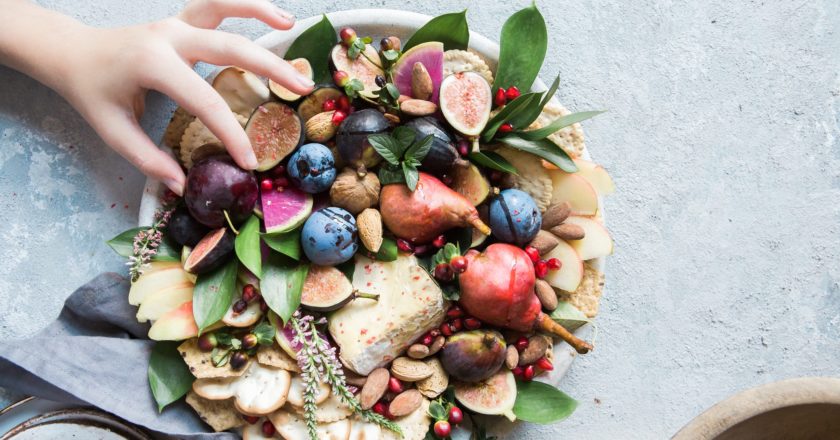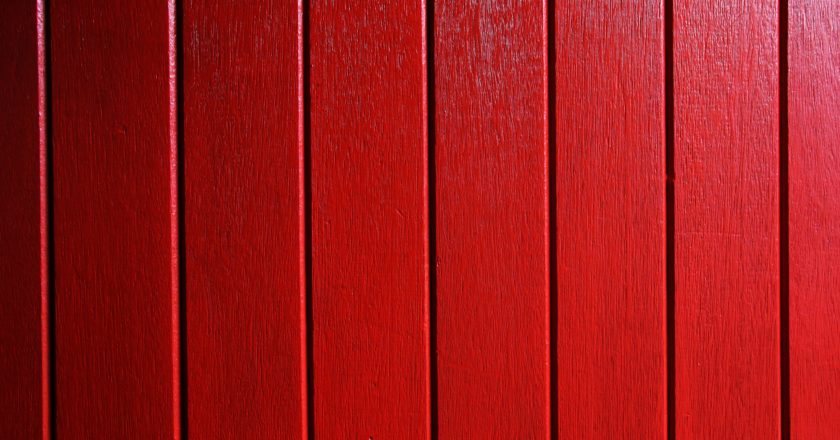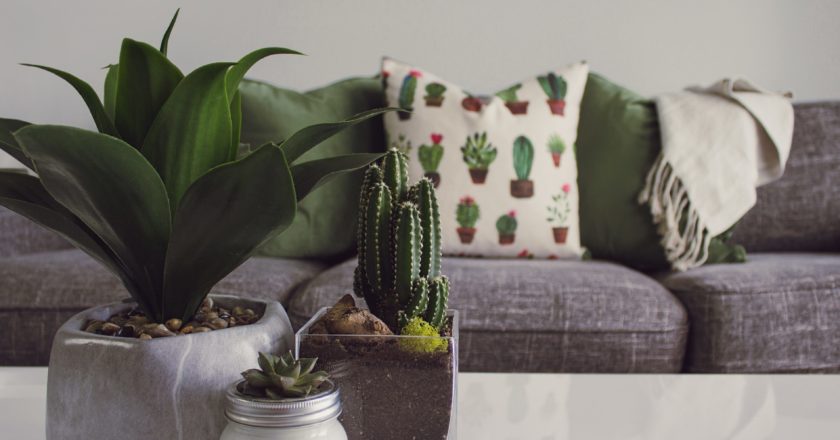The word “diet” scares most of the people as the associate this term to the privation of food or taste in order to lose weight. But starting a diet can also just mean eating tasty, simple food in order just to maintain a healthy, clean and energetic body. The aim is to regenerate your body. In fact, the ideal diet consists of natural food, eaten in moderation and simplicity.
Did you know that…
- The fruits are especially good for cleansing the system after your night’s fast during sleep. They will satisfy the need and craving for sweetness.
- The green herbs of the garden, used fresh and tender in salads and chewed well, will build strength and vitality in the body tissues.
- The bulbs, roots, and starches in grains will provide fire and heat for the body, but these should be eaten only as needed for those who work hard physically.
- The nuts of the trees will provide the nutrient “meat” (protein) for man and will
season other foods.
- The culinary herbs will provide variety, flavour, and seasoning.
Why change your diet?
Some people’s taste buds cause problems when they are changing to a health-building diet. Other people hesitate because of fear. The average individual has grown up on a diet of meat, potatoes, and gravy. They may panic at the very thought of missing or changing the composition of a meal!
Bear in mind that some sacrifice usually accompanies getting something really worthwhile, and though abstinence from food or from indulgence in over-eating may seem like a sacrifice, the supposed “sacrifice” will be realised as a blessing instead after the goal of a healthy and fit body has been reached.
And in the whole of your daily activities, you can achieve a varied and harmoniously-blended whole: fresh air, sunshine, exercise, work, play, song, prayer, reading, meditation, recreation, etc.
Skip breakfast
So…what about FASTING? This “big breakfast” idea is pushed hard by the breakfast-food, egg, milk, and coffee merchants, and some of their advertising plays on emotional fears. But this is not always true, as better health is found in countries where people have the custom of not eating breakfast, except maybe a warm cup of liquid, and the first meal of the day is eaten at noon. So as you try the “no breakfast” experiment, the first few days may be a little rough, with headaches, light-headiness, grumpiness, etc.
This will only last a few days and you will see great improvement in health. People who gain experience in fasting realise that occasionally feeling hungry is really only a feeling. You can become accustomed to that feeling, knowing that it doesn’t signal starvation. But be careful. Periodic fasting is good to cleanse the body, but a bodily famine is not required for cleansing. Skip breakfast sometimes but do not starve. Your body needs energy. Use this tips with intelligence.
Skip dairy products
And…what about MILK and DIARY PRODUCTS? Milk is a very jealous food, to be used only at the correct time. It is intended to feed the infant mammal, because a newborn baby is equipped with red corpuscle-making facilities in the bone marrow which is ready to go to work immediately, but there are at first no gastric juices present to digest solid foods such as protein or starch. Consequently, a baby must have pre-digested food as milk.
The natural milk from the mother is the best food for the young infant, alkaline and nonmucous-forming. When it is time to wean off milk, the teeth come through, and it is nature’s signal that the gastric juices have started to flow, and as these begin to mix with the milk, it now becomes acid to the baby. From that time on, the milk will have the opposite and unhealthy effect, as it forms into mucous, causing problems in our bodies.
Did you know that the human is the only mammal on the face of the earth that tolerates milk after weaning, that is, with the exception of our domestic animals that we have led astray? When you drink pasteurised milk, you are taking a dead product into the body. Raw milk is at least a live food. As for other dairy products, cottage cheese is almost free from mucous and can be used, but not in excessive amounts, while butter and yoghurt are a mucous-former and hard to digest, and they should be avoided as much as you can for better health.
Skip eggs
And…what about EGGS? Many “vegetarians” still feel that they should eat eggs and milk products when they stop eating meat to compensate the incoming of proteins. This can make for a sickly condition. The average novice vegetarian turns to eggs, because they are easy to prepare and considered “the perfect protein”. Eggs are far too concentrated in protein and are highly constipating; the mucous that is formed is far moregluey and sticky than meat. Eggs are one of the main contributors to arthritis, kidney stones and galls stones. It is commented that the hard boiled egg is the least harmful of any of the forms in which it is used, but that is still quite harmful when used too often.
Meat in modesty
And…what about MEAT and ANIMAL PROTEINS? Generally speaking, I am not against eating meat or animal proteins. But, as all the food and products, there must be a small intake and do not exaggerate. It is generally accepted that the higher blood and the uremic acid in beef, the richer the flavour, yet these toxins and poisons in meat are a main contributor to gout, rheumatism, bursitis, and many other mucoid ailments.
The fat of the animal is the hard part for the body to eliminate. Notice that very few animals will eat fat at all. Again, the only value in meat is what the particular animal has received from eating green herbs, and this is why the range animal is so much better than the stock yard-fattened beef. And for those who think chicken is a better meat than beef, tests now show that at least 50% of all slaughtered poultry contains significant contamination with salmonella or other microrganisms.
And now…try these recipes and enjoy your new lifestyle!
ITALIAN STUFFED ZUCCHINI
Ingredients:
- 2 medium zucchini, halved lengthwise
- 3/4 cup ricotta cheese
- 1/2 cup shredded Italian cheese blend
- 2 tablespoons chopped fresh parsley
- 2 ounces sliced capicola, chopped
- 1 teaspoon grated lemon zest
- 1 tablespoon fresh lemon juice
- salt and freshly ground pepper
- 1/4 cup marinara sauce
Preheat the oven to 400 degrees F and line a small baking dish with foil. Scoop out the seeds from the zucchini, leaving a 1/4-inch-thick shell. Combine the ricotta, 1/4 cup Italian cheese blend, the parsley, capicola and lemon zest and juice in a medium bowl. Season the zucchini with salt and pepper, then fill with the ricotta mixture. Drizzle each zucchini half with about 1 tablespoon marinara sauce, then sprinkle with the remaining 1/4 cup Italian cheese blend. Transfer to the baking dish and bake until the cheese is melted and bubbling, about 20 minutes.
VEGETARIAN MEATBALLS
Ingredients:
- 1/4 cup couscous + 1/4 cup water
- 1 15 oz can chickpeas, drained and rinsed and patted dry
- 1/2 cup chopped onion (75 g)
- 6-8 tbsp mild or medium salsa
- 1/2 teaspoon black pepper
- 1-2 teaspoons regular chili powder
- 2 tablespoons dried Italian spice blend
- 1/2 teaspoon + 1/8 teaspoon fine sea salt
- 1/2 cup brown rice flour
First, make your couscous. Add the water to a small pot and bring to a boil, as soon as it starts bubbling, stir in the couscous quickly and remove from the heat. Cover and let sit for 5 minutes. In a food processor, add your chickpeas and onion and pulse to break up the mixture for a few seconds. Add all of the remaining ingredients, except the couscous and brown rice flour. Pulse for just a few seconds, no more, just until the mixture resembles a wet rough chunky texture similar to a salsa.
You don’t want to over-blend and puree it too much or the balls will be too wet/mushy. You just want to make sure the chickpeas are no longer whole. Add the mixture to a large bowl and add the cooked couscous and brown rice flour. Stir for a few minutes until it all comes together in a sticky batter. Press the mixture repeatedly with the back of your spoon to make it come together.
If the mixture is not sticking together, add a bit of the remaining salsa only if necessary. Once it is well mixed, place to chill in the fridge for about 20 minutes. This will make it easier to roll into balls. Preheat your oven to 375 degrees and line a sheet pan with parchment paper. Roll about 14 golf-sized balls with your hands, making sure they are tight and compact and place on the pan.
Bake for 15 minutes on the first side, they should easily turn over. Bake another 15 minutes until firm and getting a nice golden brown crust. If you want them super crispy, go another 5 minutes. These balls are very moist inside so they can withstand the crispy exterior.
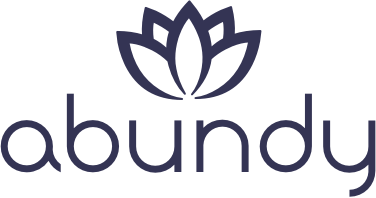
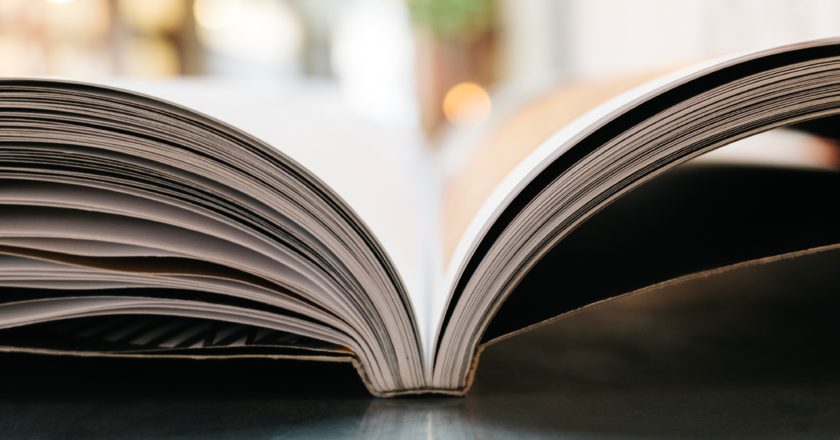

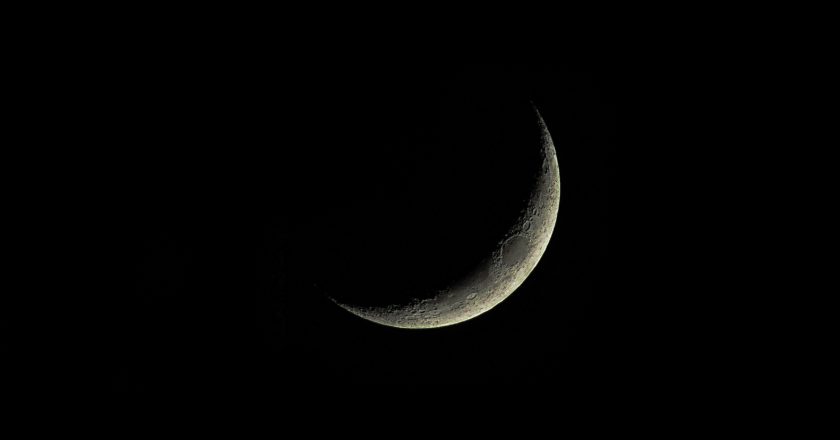
 (north node/ Rahu), called also “Caput Draconis” which means dragon’s head, and
(north node/ Rahu), called also “Caput Draconis” which means dragon’s head, and  (south node/ Ketu), know as “Cauda Draconis” or dragon’s tail. That’s because astrologers of the past envisioned the earth as surrounded by a cosmic dragon who swallowed the sun or the moon during an eclipse. This imagery also appears in Indian Astrology with Rahu, the dragon’s head, and Ketu, the dragon’s tail. Both parts of the serpent are immortal, however, and capable of concealing the light of the sun and moon.
(south node/ Ketu), know as “Cauda Draconis” or dragon’s tail. That’s because astrologers of the past envisioned the earth as surrounded by a cosmic dragon who swallowed the sun or the moon during an eclipse. This imagery also appears in Indian Astrology with Rahu, the dragon’s head, and Ketu, the dragon’s tail. Both parts of the serpent are immortal, however, and capable of concealing the light of the sun and moon.
